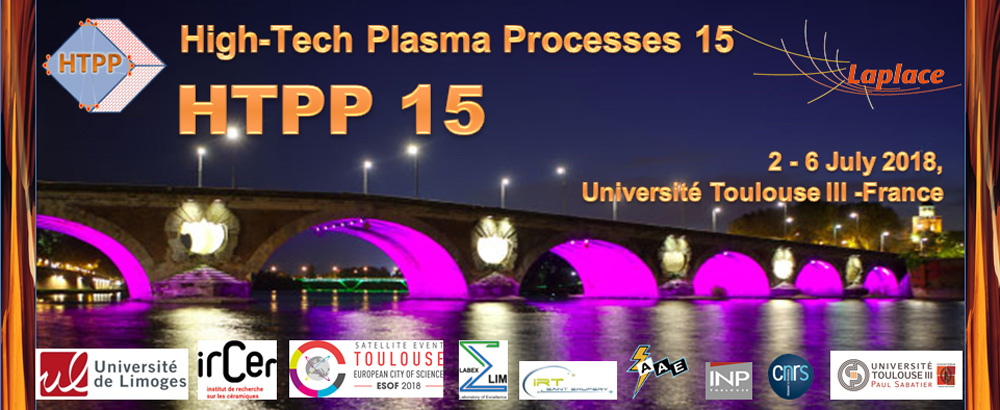Ion Thrusters (ITs), also termed electric or plasma thrusters, are efficient ion accelerators used to propel satellites and space probes. Contrary to chemical thrusters, ion thrusters eject the propellant at very high speed, which directly translates into a low propellant mass consumption for a given maneuver or mission. ITs therefore allow either to drastically reduce the spacecraft mass or to extend the mission capabilities. There is a wide variety of IT technologies, all devices nevertheless rest upon a low-pressure plasma discharge. Among all existing thrusters, the Hall thruster is currently the most popular for satellite station-keeping, attitude control and orbit transfer owing to its large thrust-to-power ratio. Even though Hall thrusters are very simple on a technological standpoint, physical processes that govern their magnetized discharge properties, and in fine performances, are complex and still ill-understood. As a consequence, optimization of existing devices and development of new architectures is still very empirical, hence lengthy and expensive. A better understanding of phenomena such as electron cross-field transport and plasma-wall interactions in HTs requires a comparison between numerical simulation outcomes and data about electron and ion properties and dynamics. In this contribution, we will show advantages and interests in employing laser-aided diagnostics to probe the discharge and the beam of HTs. Three types of laser technique will be presented along with experimental results. Laser-Induced Fluorescence (LIF) spectroscopy allows to measure the atom and ion velocity distribution from which particle temperature and mean velocity can be extracted. Incoherent Thomson Scattering (ITS) gives access to the electron energy distribution function, a fundamental quantity in low-temperature low-pressure plasmas. Finally, Coherent Thomson Scattering (CTS) provides information about low-scale turbulence that plays a key role in particle transport, acceleration and energization.

 PDF version
PDF version
